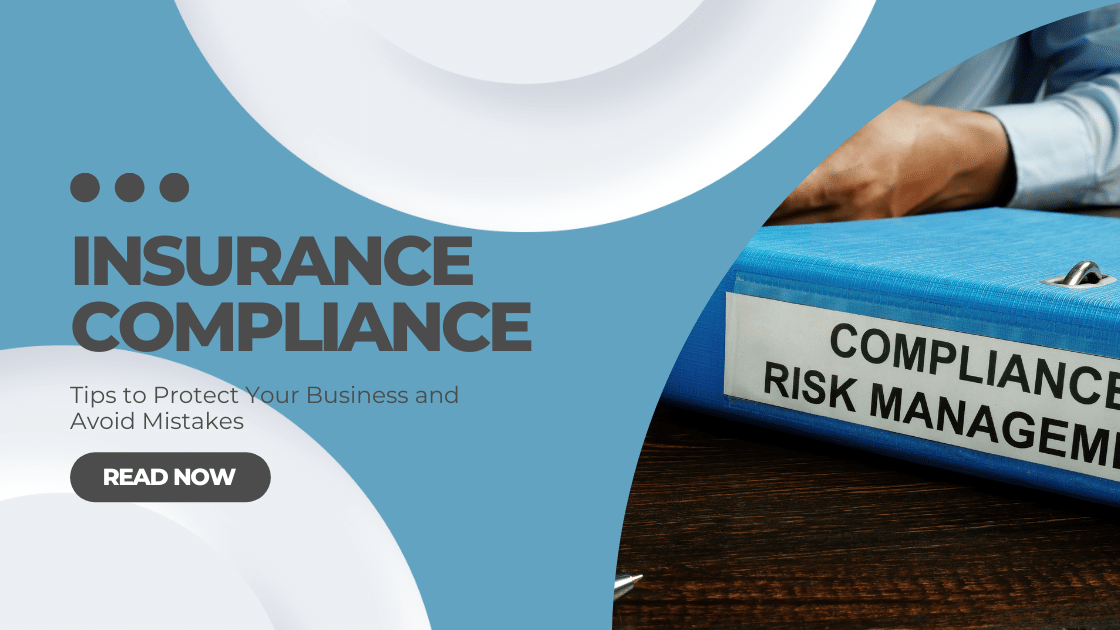It is no news that every business owner would like to protect their business, and one of the best ways you can start is with Insurance Compliance. To win a game, it is said to know the rules, and I know some people are born to be rule breakers, but in this case, I am afraid it comes with fines, loss of licenses, and certification.
After that, you don’t need to be told that you are a failed business owner because you would lose your customers’ trust already leaning into financial debt if you are not so lucky.
In other words, Insurance Compliance is necessary for any insurance company whose goal is success. It could be tricky navigating this set of rules, but that is why we are both here.
It is also worth noting that regulatory requirements significantly depend on your business location, industry, and nature.
How Does Insurance Compliance Guarantee Success?
This is the first question I will ask, so I assume it will be yours, too.
Let’s first understand the fact that Insurance compliance is our set of legal and regulatory frameworks that ensure:
- Adherence to statutory laws, regulations, and guidelines
- Protection of policyholders’ rights and interests
- Fair market conduct and business practices
- Financial stability, solvency, and capital adequacy
- Effective risk management and mitigation
- Confidentiality and security of customer information
- Transparency and disclosure in insurance operations
- Prevention of money laundering and terrorist financing
- Compliance with international insurance standards
- Maintenance of ethical business standards.
These frameworks govern the activities of insurance companies, intermediaries, and related entities, ensuring:
- Public trust and confidence
- Market integrity and stability
- Consumer protection
- Regulatory compliance
- Business continuity and sustainability
Now, we can see why you are set for success. Unlike many other systems, this one was laid out for your success. Insurance Compliance needs everyone involved to be happy to achieve its purpose.
Read Also: Why Cyber Insurance is Essential for Business in 2025
Key Factors To Achieve Successful Insurance Regulatory Compliance
- Governance and Oversight
Every insurance company, broker, and agent must have a structure that ensures accountability and transparency.
This structure should include clear policies and procedures, defined roles and responsibilities, and regular audits and reviews.
To ensure this structure doesn’t collapse over time, an officer or personnel must supervise and monitor compliance and adherence to the structure.
- Compliance Risk Management
Identify, evaluate, and eliminate potential compliance risks. If compliance risk can’t be eliminated, mitigating risk and following up with constant monitoring is necessary.
This allows easy identification of non-compliance risk and how to navigate it successfully.
- Regulatory Intelligence
An insurer needs to stay on their toes for changing regulations, laws, and industry standards.
This helps you stay ahead by enabling fast implementation and quick compliance strategy adjustments.
- Training and Awareness
Stay curious, stay informed, stay ahead. For an insurance provider who doesn’t want to be left behind, it is important that regular training becomes part of the company’s culture.
That is, fostering a compliance-focused culture is mandatory.
- Compliance Operations, Communication, and Reporting
All compliance procedures and policies should be managed, adjusted for continuous improvement, and opened to corrective action and remediation.
A transparent Compliance breach reporting system is also needed to ensure the former is successful.
- Technology and Data Management
Protecting sensitive data shouldn’t be big news in today’s world. Therefore, compliance software should encrypt and secure data, manage electronic records, and analyze compliance data, boosting compliance management.
Common Mistakes In Insurance Compliance And How To Avoid Them
Mistake 1: Insufficient Training
– Failure to provide adequate training on compliance policies and procedures.
Solution: Partner with compliance experts or legal consultants to provide accurate and up-to-date training materials.
Employees should understand their roles in maintaining compliance and know how to handle sensitive customer data, claims processing, and legal obligations.
Mistake 2: Inadequate Documentation
-Failure to maintain accurate and complete compliance records.
Solution: Implement a digital filing system to streamline document management. Keep records of employee training, claims history, and policy renewals in an organized and easily accessible format.
Mistake 3: Non-Compliance with Regulatory Changes
– Failure to stay up-to-date with changing regulations.
Solution: Stay proactive by reviewing compliance policies annually and preparing for potential regulatory shifts.
Ensure that your business has adequate coverage to meet legal and operational requirements.
Hire or consult with legal and insurance compliance experts to evaluate your processes, provide guidance on complex regulations, and attend industry events.
Key Policies to Review:
– Workers’ compensation insurance.
– Professional liability insurance.
– Cybersecurity insurance.
Mistake 4: Ineffective Risk Management
– Failure to identify and mitigate compliance risks.
Solution: Conduct regular risk assessments, implement controls, and monitor risk exposure; hiring or consulting a legal insurance compliance expert would help you identify potential risks and ensure your business is prepared for audits or investigations.
Mistake 5: Inadequate Audit and Review.
– Failure to conduct regular audits and reviews.
Solution: conduct regular internal audits by verifying employees’ licensing and certifications, ensure proper record-keeping of insurance claims, and check compliance with data privacy laws.
Mistake 6: Lack of Compliance Technology
– Failure to leverage technology for compliance management.
Solution: Compliance management tools and software can automate many processes and reduce cost.
These tools can assist with tracking deadlines, monitoring compliance activities, and generating reports.
Mistake 7: Failure To Monitor Third-Party Partners
-Non-compliance from third parties leading to business liability.
Solution: Ensure vendors, brokers, or other third parties comply with relevant insurance laws.
Draft contracts requiring third-party compliance and request periodic audits.
Pro tips: Effective Strategies To Avoid These Mistakes:
1. Establish a compliance committee
2. Foster open communication
3. Encourage a culture of compliance
4. Engage with industry associations
5. Participate in compliance forums
6. Collaborate with compliance experts
7. Continuously evaluate and improve compliance programs.
Congratulations to you for getting to this paragraph. Now you know the importance of Insurance Compliance and why it should be prioritized.
I look forward to your pivotal success, which is aligned with confidence, integrity, and transparency.
Discover more from
Subscribe to get the latest posts sent to your email.



